Are you looking to introduce some color to your veggie collection? Prepare to explore 15 blue vegetables that are packed with vitamins and guaranteed to delight your taste buds!

A catch phrase among dietitians is that we should all “eat the colors of the rainbow”. Eating a wide variety of colored vegetables pretty much assures you will cover the spectrum of vitamins and micronutrients.
Blue fruits and vegetables are a key color for eating a nutritious diet. They are all generally high in antioxidants known as anthocyanins, which according to the Cleveland Clinic serve to lower blood pressure, reduce inflammation, help prevent heart disease, slow cancer growth, and aid in brain function. Like most vegetables, the blue variants tend to be low in calories, contain significant fiber, and provide a variety of vitamins and micronutrients.
Blue Vegetables
While we may have missed a few blue vegetables out there, here’s a list of 15 common blue veggies for you to try!
All Blue Potato
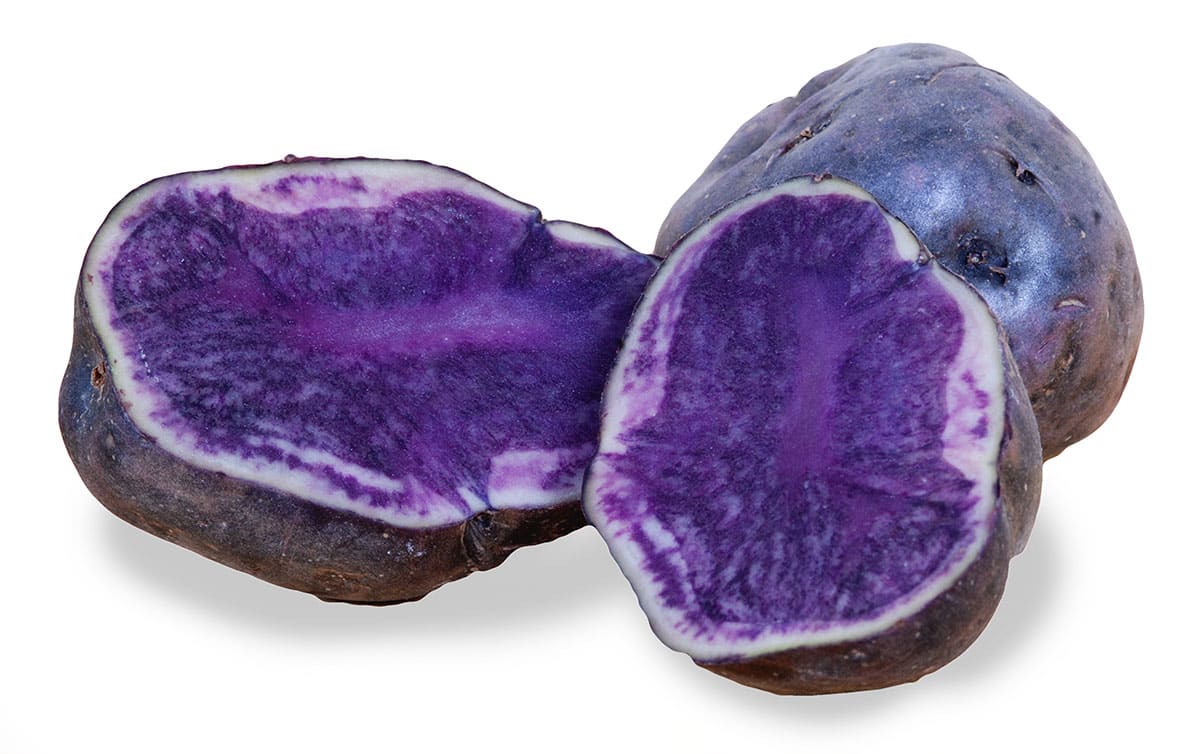
All blue potatoes are, as their name suggests, blue both inside and out. They are an all-purpose potato, but tend toward the starchy side and are thus good for baking. If you want to ensure they keep their unique color, boil or bake them. The advantage to boiling is the water will turn blue and have some value as a mild dye for Easter eggs or cloth.
We can think of a lot of great uses for a blue potato aesthetically. They would make unique mashed or whipped potatoes, and equally as unique coloration in either Mashed Potato Croquettes or Healthy Slow Cooker Potato Soup.
Blue Bayou Tomato
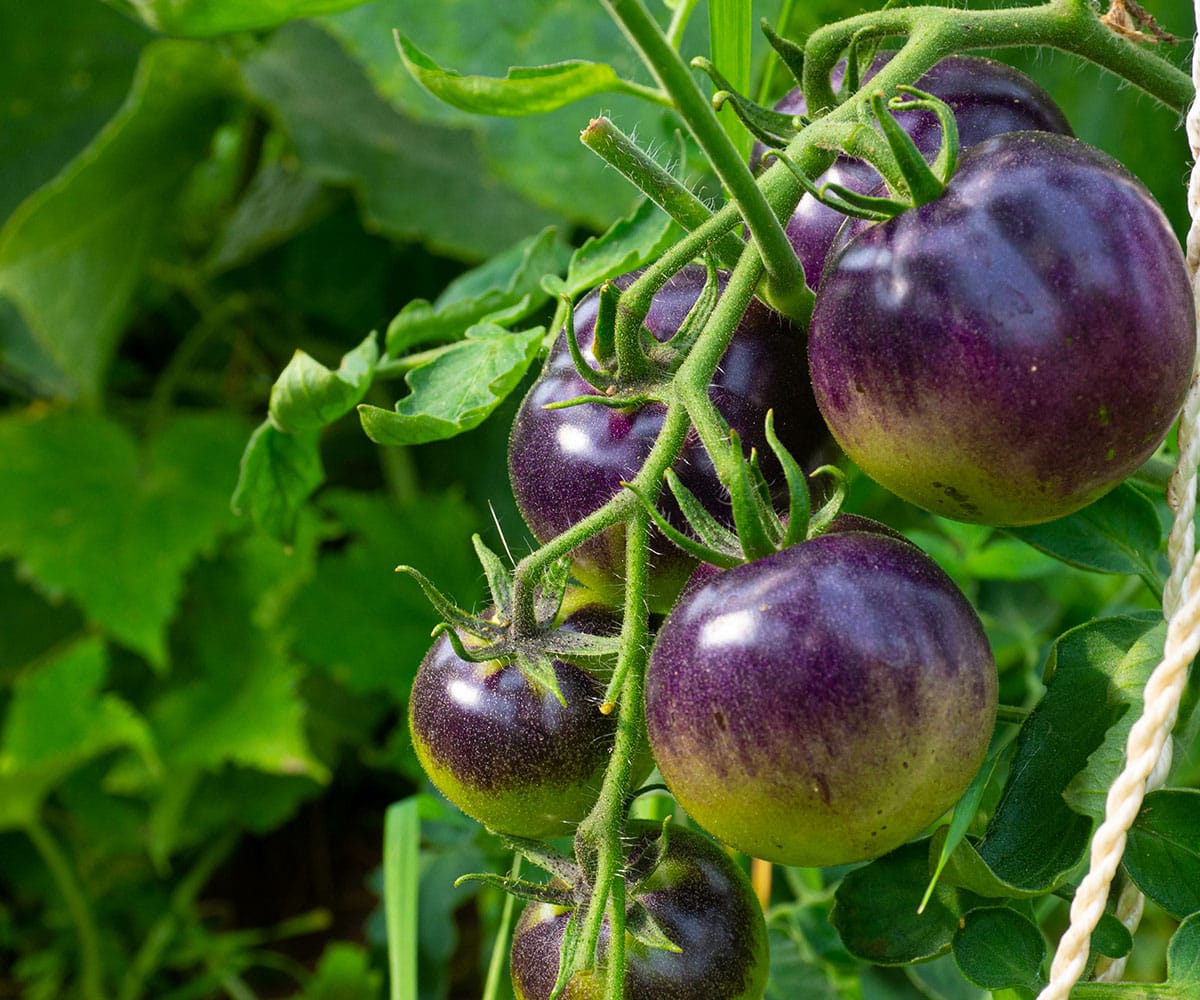
Blue Bayou Tomatoes were created by Mr. Tom Wagner of Washington State. They are a small (1-2”) tomato with a sweet tangy flavor. They were specifically bred to contain anthocyanins which gives them their blue hue. The anthocyanins are, as we have mentioned, particularly healthy for human consumption, but also appear to protect the plants against disease and insects.
Blue Cabbage
Blue cabbage is red cabbage that has been cooked in an alkaline liquid. The chemical reaction causes it to turn from red to blue. It doesn’t change the nutrition profile, but does give it a pleasantly different appearance.
Blue Carrot
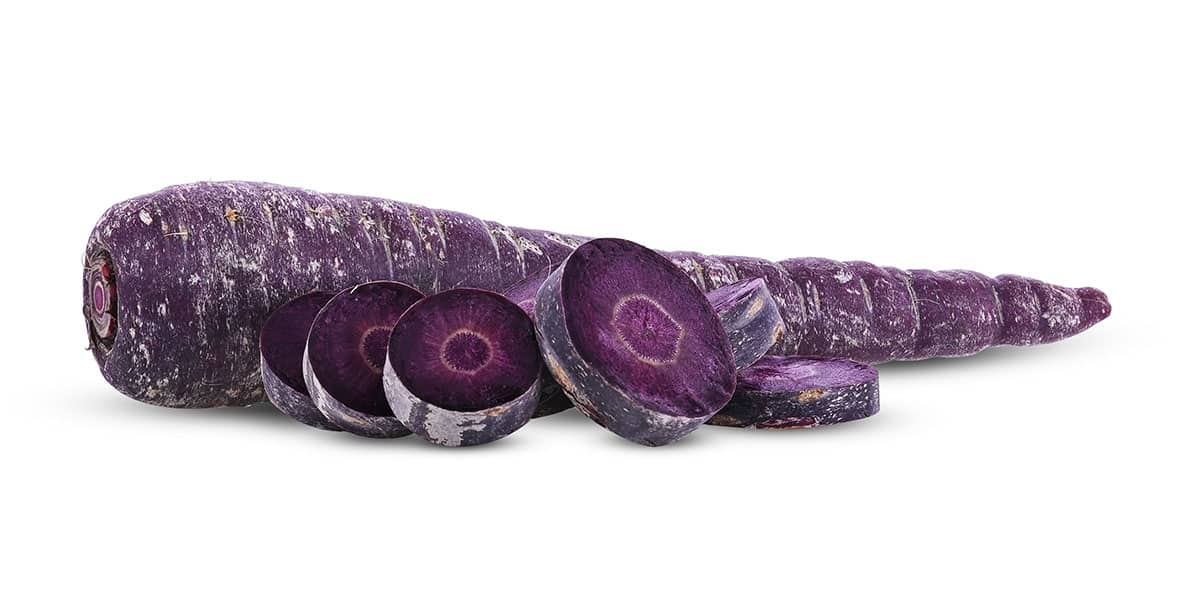
Blue Carrots are hard to find, but if you try an international or specialty market you might have some luck. Many carrots were dark purple to blue before the 17th Century. So why did that change?
Well, we have a Dutch patriot and agriculturist to thank. He crossbred a variety of carrots until he perfected the orange carrot that we know today. Why? Because the national color of Holland was, and is today, orange. Blue carrots are just as nutritious as orange carrots and have the advantage of containing anthocyanins with their known health benefits.
Blue Corn

Blue corn is a variety of flint corn native to Mexico and the US Southwest. It is also grown in the American Southeast. It was developed by the Hopi Pueblo indigenous American tribe around 1540, and was widely eaten when Spanish explorers came to the Americas. Blue corn remains an important part of Hopi cuisine, and is often made into a blue corn meal and used to make tortillas. Nutritionally, blue corn has ⅓ more protein than typical yellow corn.
Blue Lettuce
Blue lettuce isn’t a variety of the traditional lettuce you are probably thinking of, it is a wild lettuce sometimes called Tall Blue Lettuce or Blue Wood Lettuce. It grows wild in much of the USA and Canada, and has been used in some medicinal purposes as it contains lactucarium, a substance purported to aid in digestive issues. It is said to be edible, but to have a mildly narcotic effect. Nothing to see here folks. Let’s move on.
Blue Milk Mushroom
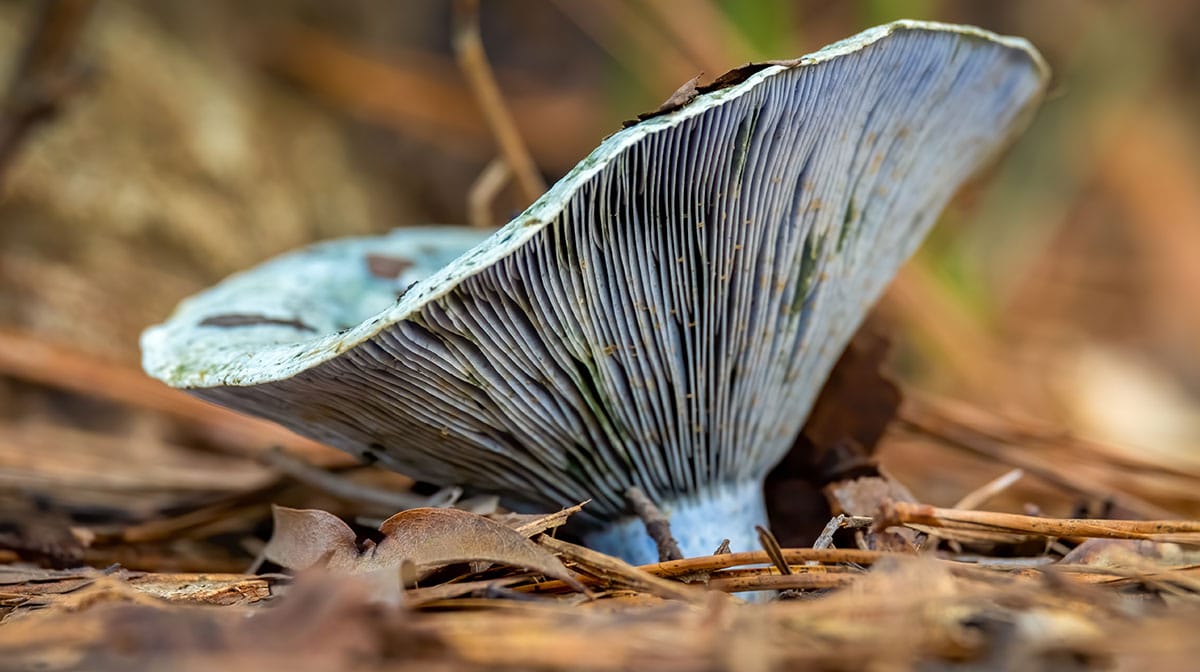
Blue milk mushrooms, or indigo milk cap, are an edible fungus found growing in the Northeast of the United States, East Asia, and Central America. It is sold commercially, or at least in farm markets in Mexico, Guatemala, and China.
Blue Pod Peas
These peas are also known as Blauwschokkers after the monks who developed them in the 1500s. It is a sweet pea with clear decorative possibilities. You can use them in much the same way you would snow peas.
Blue Prince Pumpkin
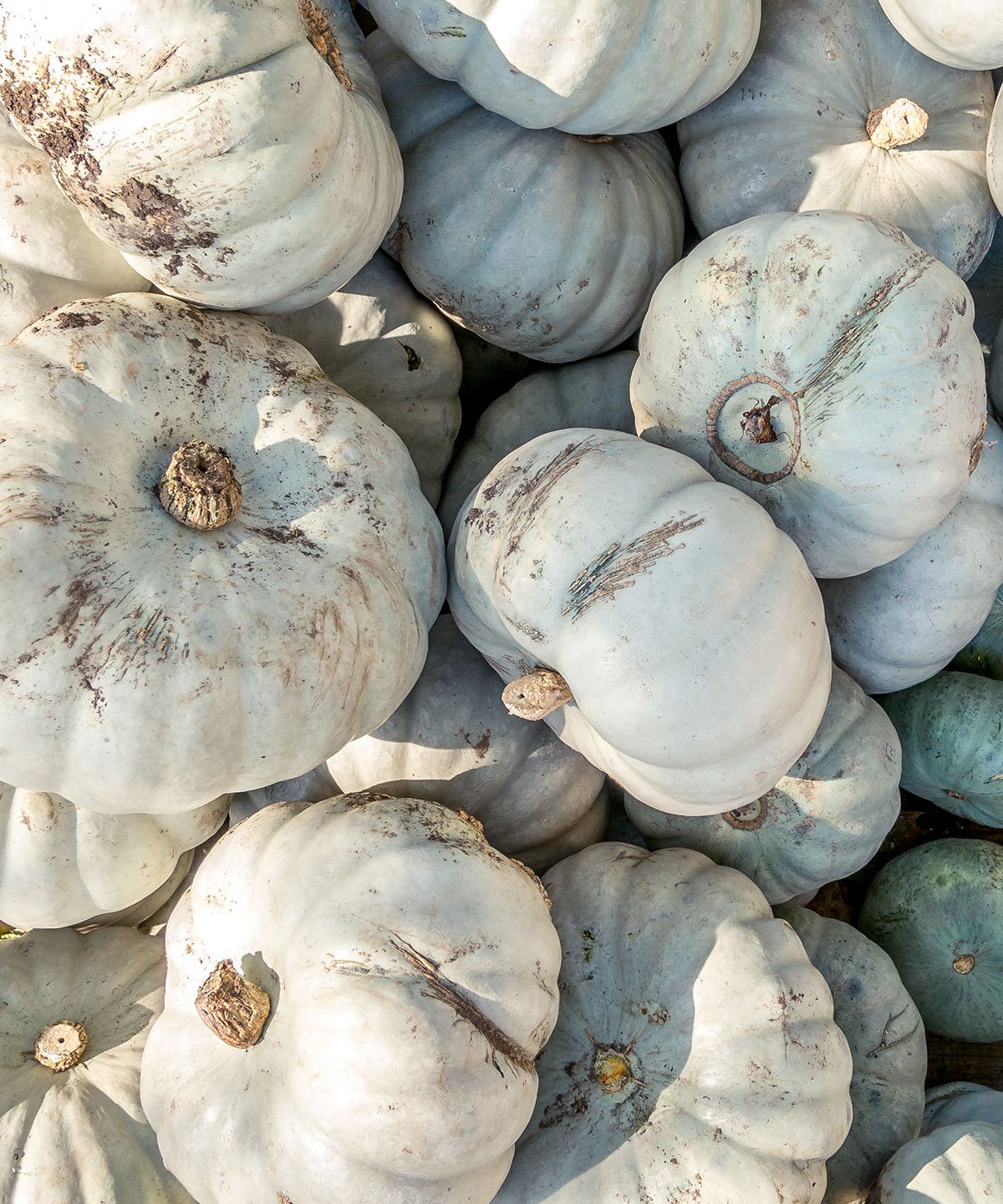
Blue Prince Pumpkins are a flat pumpkin in a light shade of blue. They typically weigh from 6-9 pounds, and can make a nice display if you can find them. They are said to have a creamy interior less stringy than most pumpkins and sweet flavor making them yet another pumpkin that cooks well. If you are interested in a wide variety of pumpkins check out our Types of Pumpkin Guide.
Fahrenheit Blue Tomatoes
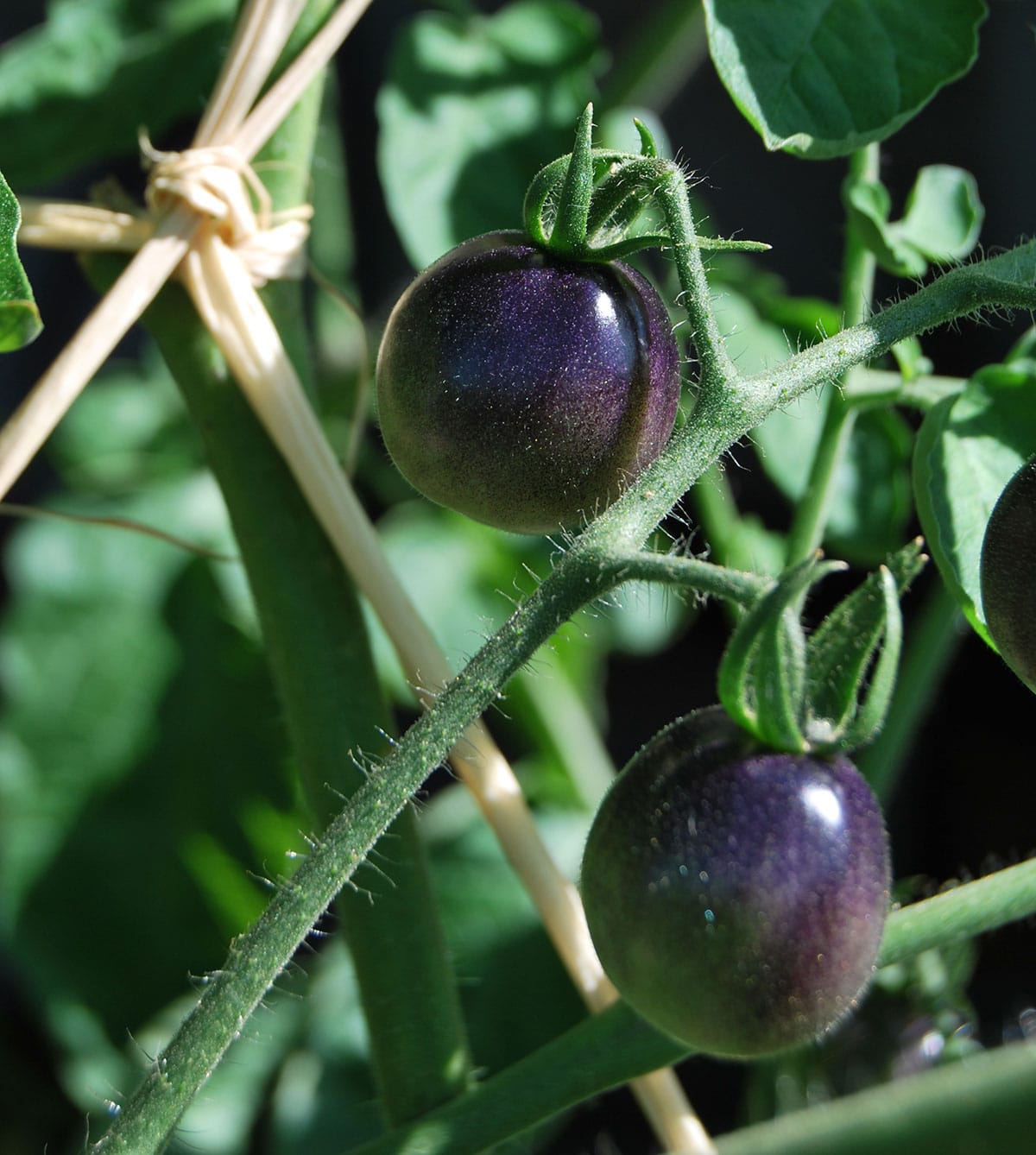
Fahrenheit blue tomatoes are a cherry sized tomato. They aren’t blue like a blueberry, but a deep purple to black color. Like other blue fruits and vegetables, they are rich in anthocyanins. These tomatoes aren’t easy to find, but you can always grow your own with seeds bought online.
Filius Blue Pepper
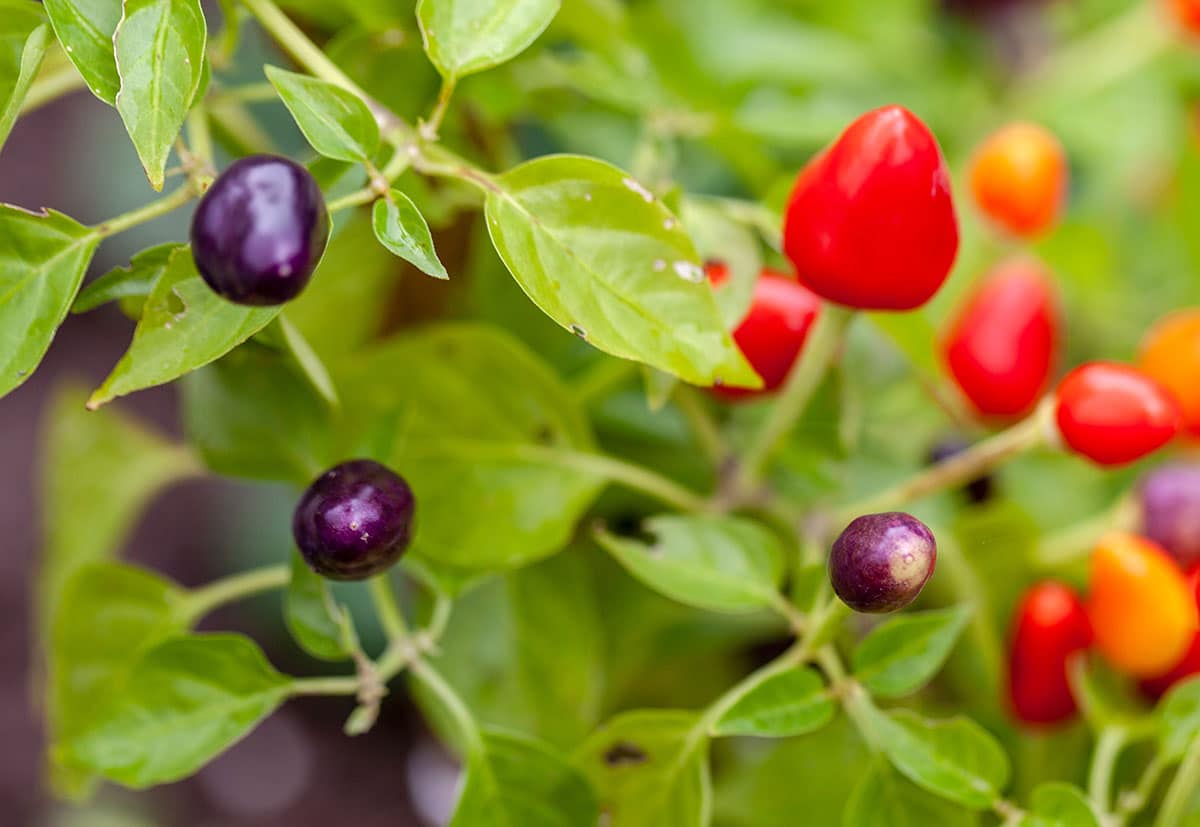
Filius Blue Peppers are often used as much for the ornamental value of the plant as for the small and extremely hot peppers it produces. Fillius peppers have a Scoville Heat Unit score of 30,000-50,000. So what does that mean? Well without getting too technical they rank right up there with cayenne peppers. They are scorch your mouth OMG hot. The peppers are hottest when they are a blue-purple shade. They slowly turn red and become more mild. We believe that is mild only by comparison.
Guatemalan Blue Squash

Guatemalan Blue Squash are an oblong or oval squash generally weighing 6-10 pounds. Like most winter squash, the flesh is bright orange, and can be cleaned and eaten as you would other winter squash. Perhaps leverage the intriguing blue skin by using this blue squash as a substitute for acorn squash in a Stuffed Acorn Squash Recipe.
Nonna Agnes Blue Bean
These blue beans have recently been renamed to San Bernardo Blue Beans after the Italian city of San Bernardo which is the town these were found growing in by an American who brought them back to the USA and named them quite literally after his grandmother. If you can find these, they would be great in bean salads to add an unusual color. The trick is finding them as we don’t even see them on Amazon.
Purple Peruvian Potato
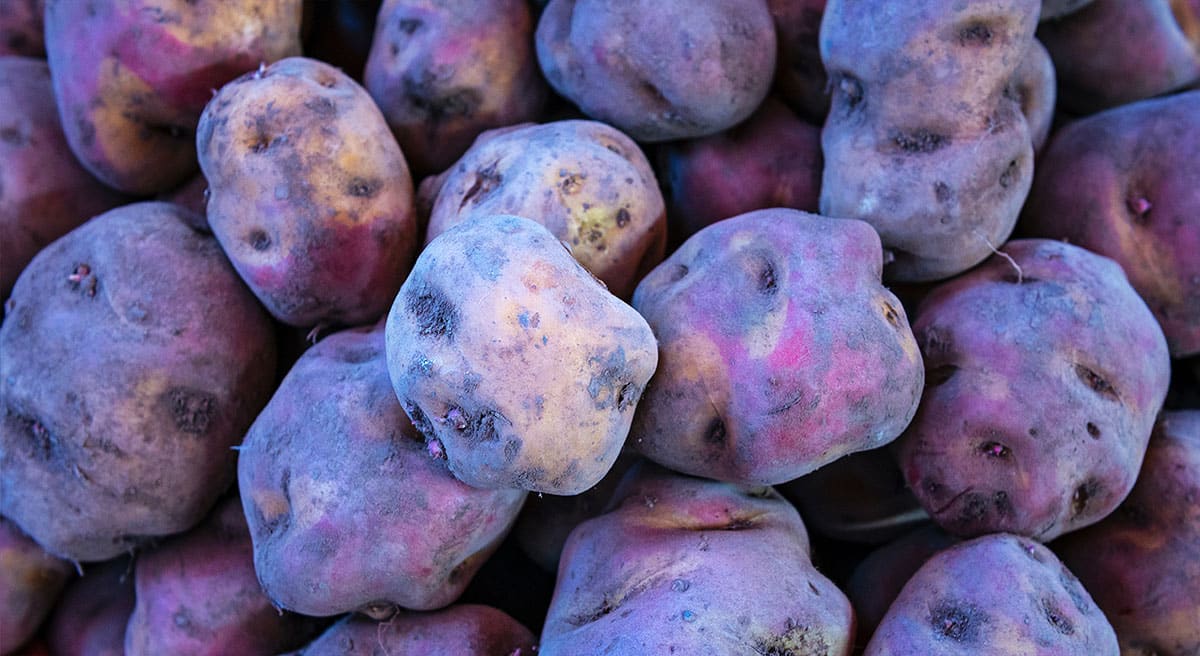
Purple Peruvians potatoes are a starchy variety of fingerling potatoes. They have a purple skin and blue flesh. Most fingerlings are actually waxy, but not the Peruvian which makes them great mashed, baked, fried, or in chips. Use these when you want a starchy potato (baked, mashed, fried), but with a unique blue presentation.
Queensland Blue Pumpkin
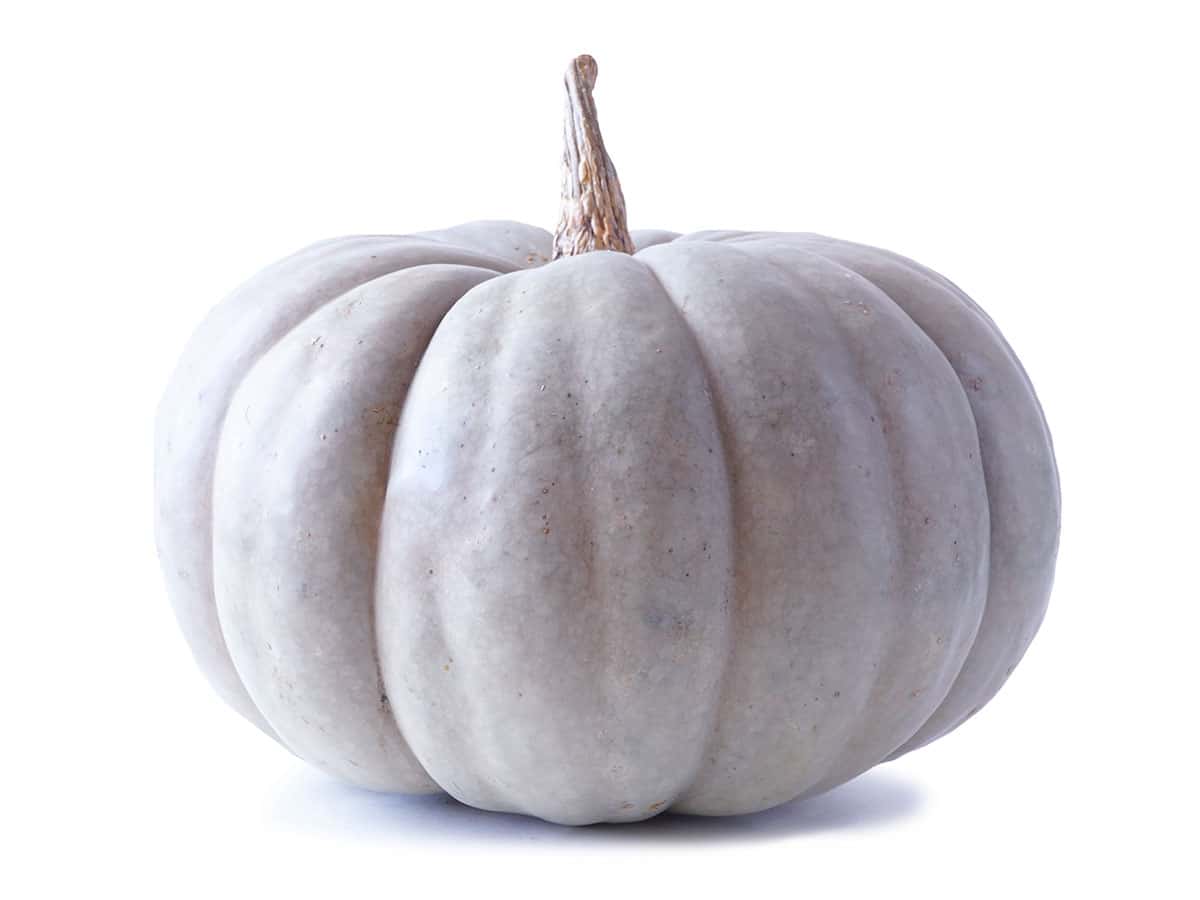
The Queensland blue pumpkins have a distinctive gray-blue peel, but the flesh is decidedly orange. They are said to be a bit drier than your normal pumpkin, but this would make them easy to cut and roast. The skin is perfectly edible, so roasting with the skin on would add an interesting color to your mixed roasted vegetables.

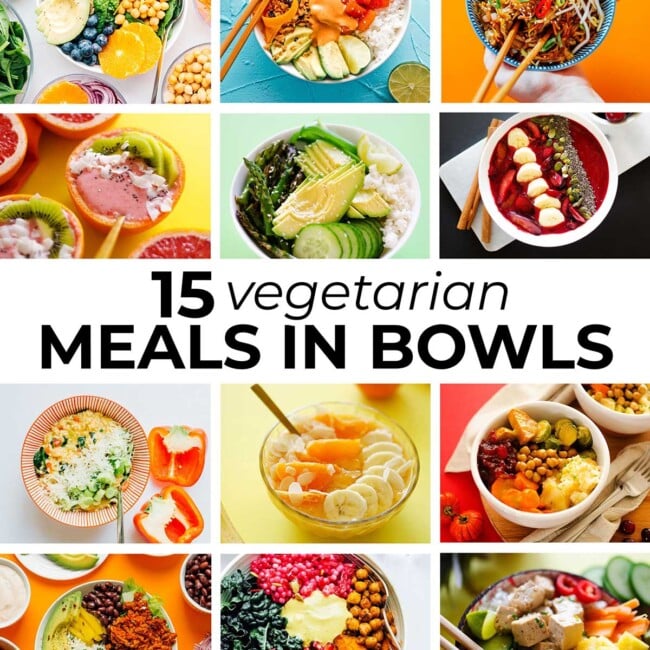


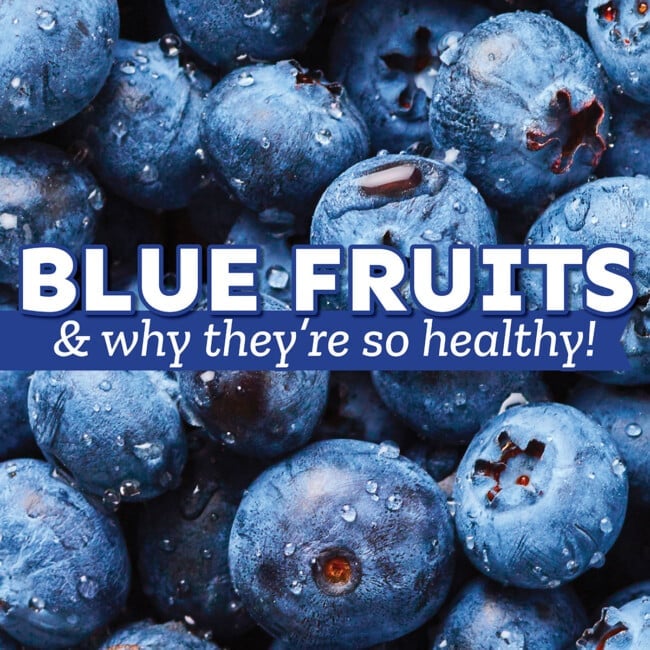
Leave a Comment